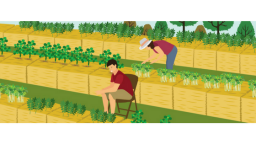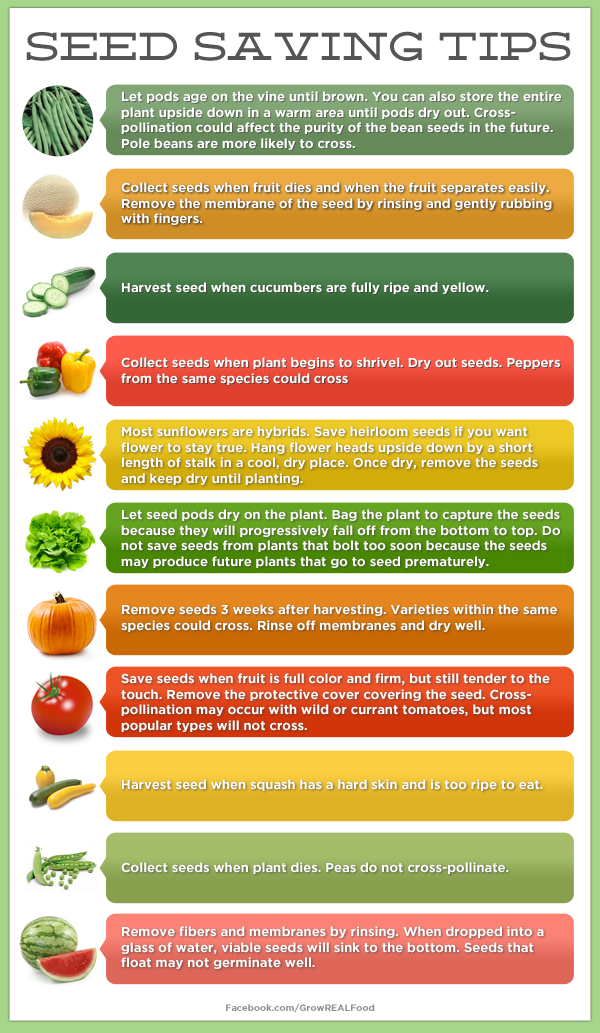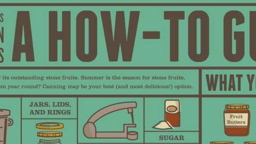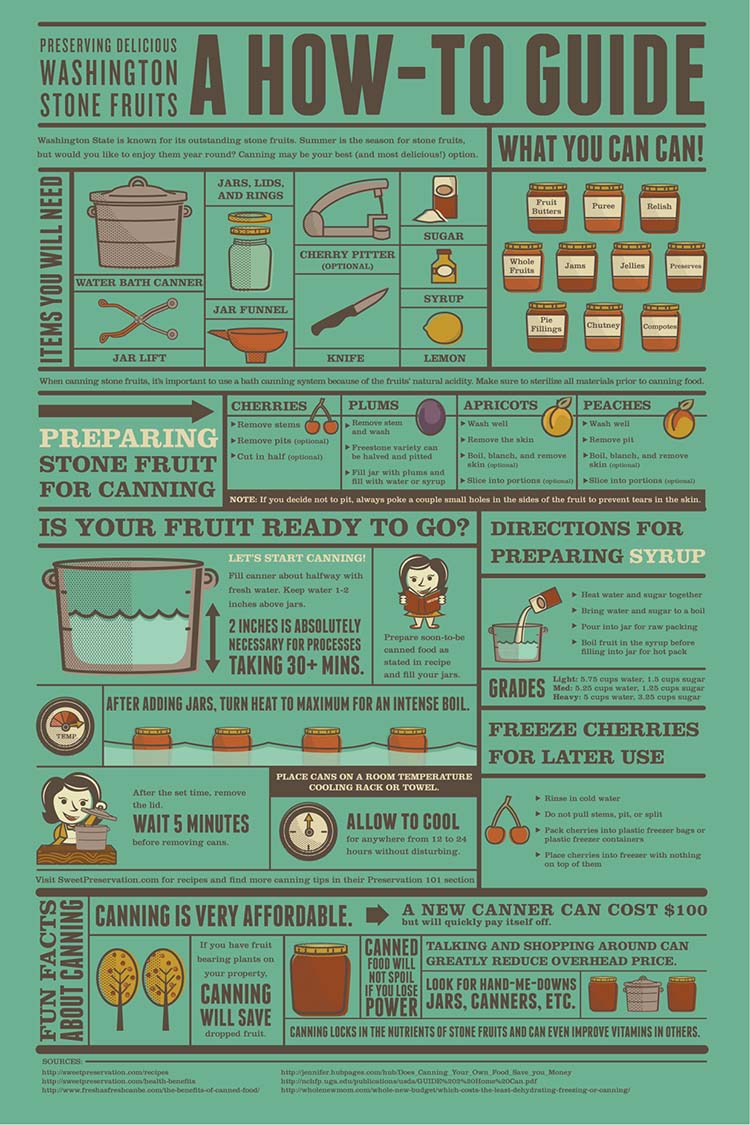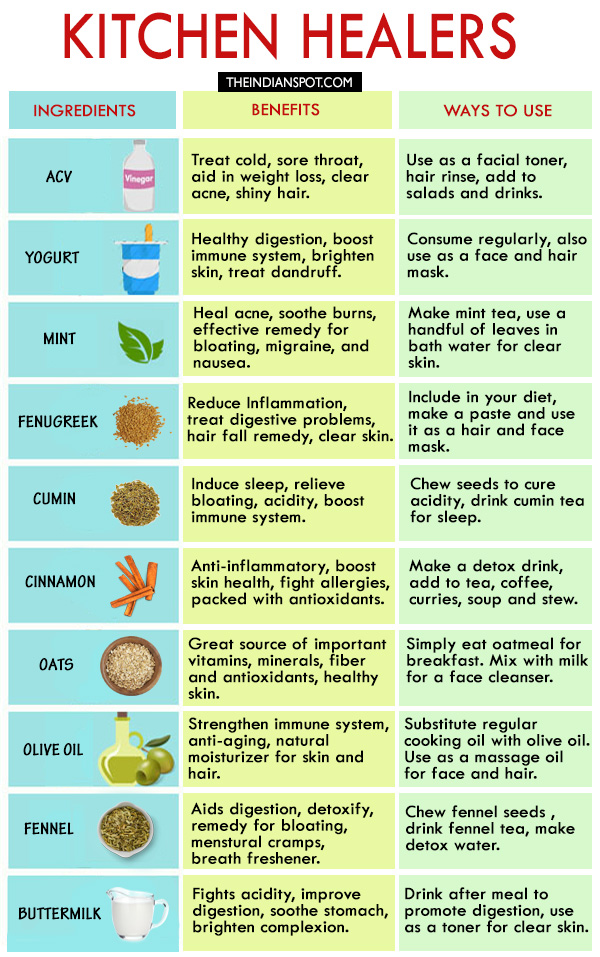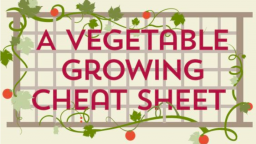Straw bale gardening has gotten very popular in recent years. It is a great option for smaller container gardens, and takes away a lot of the demand for buying and/or building soil.
The idea is simple, you take a straw bale, condition it over a season so it begins to decompose and form a perfectly shaped container garden, full of fresh nutrients, and you plant directly in it for a very low-maintenance, weed-free garden bed.
If you have a hard time getting soil, creating compost regularly, or weeding, straw bale gardening might be a great option for you, and especially if you happen to have a lot of straw bales lying around your homestead or can get them for a good price in your local area.
It’s great to start in the fall and plant in in the spring, because straw is put into bales in the fall so you can begin the conditioning process then. One advantage to straw bale gardens is also how much easier they are to plant in come springtime verses cold ground, so if you’re struggling to get your garden started this year because of hard, frozen ground, maybe next year you’ll have a much easier time with a few conditioned straw bale gardens.
This great infographic from Fix.com breaks down every aspect of conditioning and planting in a straw bale garden in an incredibly through and detailed format. It should be able to give you a good idea as to whether or not straw bale gardening might be right for you. Enjoy!

If you enjoyed this, you might also like….
